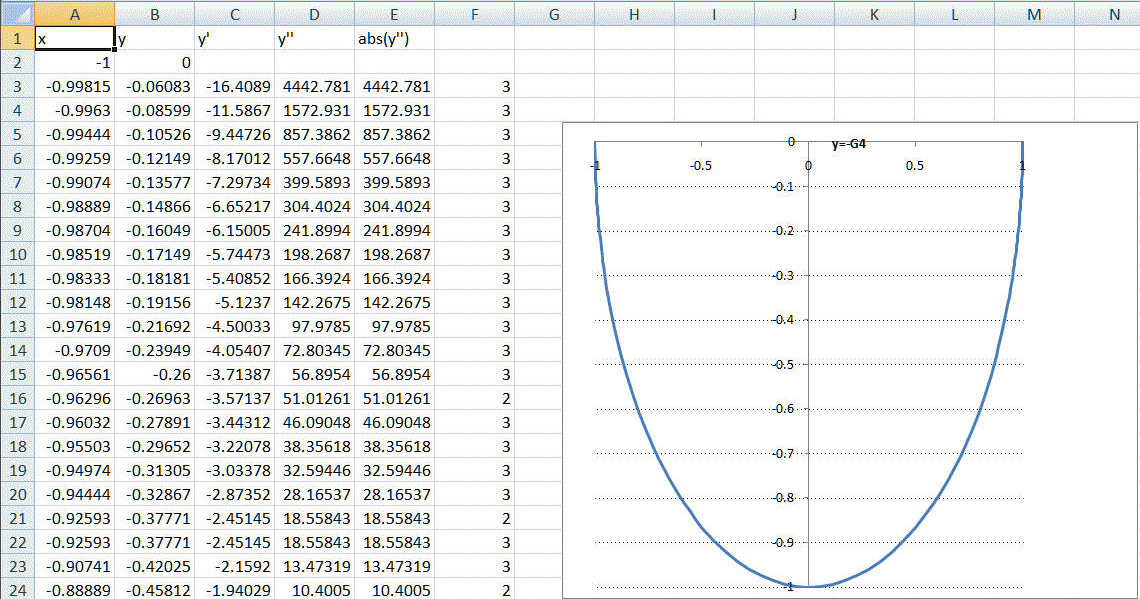


To show the equation of the line (y=mx +b), check the "Show Equation" box. If the plot is to go thru the origin, check the "Set Intercept" box, and enter 0 in the box.

In addition to chart types, you'll need to understand how to read a chart. They work best with large data sets, allowing you to see a variety of information at the same time. Surface charts allow you to display data across a 3D landscape. Each value is shown as a slice of the pie, so it's easy to see which values make up the percentage of a whole.īar charts work just like column charts, but they use horizontal bars instead of vertical bars.Īrea charts are similar to line charts, except the areas under the lines are filled in. Pie charts make it easy to compare proportions.

The data points are connected with lines, making it easy to see whether values are increasing or decreasing over time. Line charts are ideal for showing trends. They can work with many different types of data, but they're most frequently used for comparing information. Click the arrows to see some of the different types of charts available in Excel.Ĭolumn charts use vertical bars to represent data. In order to use charts effectively, you'll need to understand how different charts are used.Ĭlick the arrows in the slideshow below to learn more about the types of charts in Excel.Įxcel has a variety of chart types, each with its own advantages. Understanding chartsĮxcel has several different types of charts, allowing you to choose the one that best fits your data. Optional: Download our practice workbook.


 0 kommentar(er)
0 kommentar(er)
